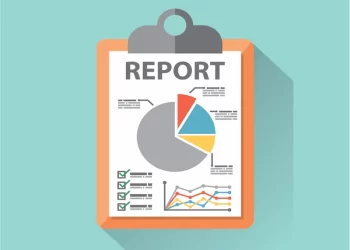E-invoice, also known as electronic invoice, is a system that enables the generation of invoices in a digital format.
E-invoice, short for electronic invoice, is a system that allows the issuance of invoices in a digital format. This digital format is standardized so it can be read and processed by machines, enhancing automation and reducing manual efforts in the invoicing process. E-invoicing is utilized in business-to-business (B2B) transactions and plays a significant role in enhancing tax compliance and synchronizing sales data across different business entities.
Additionally, it aids in the swift detection of false Input Tax Credit (ITC) claims. It is particularly beneficial for streamlining tax administration under systems like the Goods and Services Tax (GST) in India. As of recent regulations, businesses with a certain annual turnover are required to adopt e-invoicing, with the goal of bringing all businesses, especially small ones, under the formal economy.
Question: What is E-invoice?
Answer: E-invoice, or electronic invoice, is a system where invoices are issued in a standardized format that a machine can read. This helps in syncing sales data of a small business vendor and large corporate clients, which is used to claim tax credit. Additionally, it aids in the swift detection of false ITC claims, broadens the GST bracket, and improves compliance.
Question: Which businesses are required to generate E-invoices?
Answer: From August 1, 2023, it is mandatory for all businesses with an annual turnover of over Rs 5 crore to generate E-invoices for business-to-business (B2B) transactions under goods and services tax (GST).
Question: What was the previous threshold for businesses to issue E-invoices?
Answer: The previous threshold for businesses to issue E-invoices was an annual turnover above Rs 10 crore.
Question: What is the aim of implementing electronic invoices?
Answer: The aim of implementing electronic invoices is to bring all small businesses under the formal economy, improve compliance, and plug gaps in revenue collection.
Question: How has the threshold for E-invoicing changed over time?
Answer: E-invoicing for B2B transactions was first made compulsory for companies with a turnover of Rs 500 crore from October 1, 2020. This threshold was then lowered for businesses with a turnover of Rs 100 crore from January 1, 2021, and again was revised for companies having a turnover of Rs 50 crore from April 1, 2021. From April 2022, it was extended to businesses with turnover above Rs 20 crore. By October 1, businesses having an aggregate annual turnover of Rs 10 crore and above moved to E-invoicing for B2B transactions.
Question: What preparations are being made for the increased capacity of E-invoices?
Answer: The GST Network has asked its technology providers to make the portal ready to handle the increased capacity by the end of July to avoid any glitches.

























